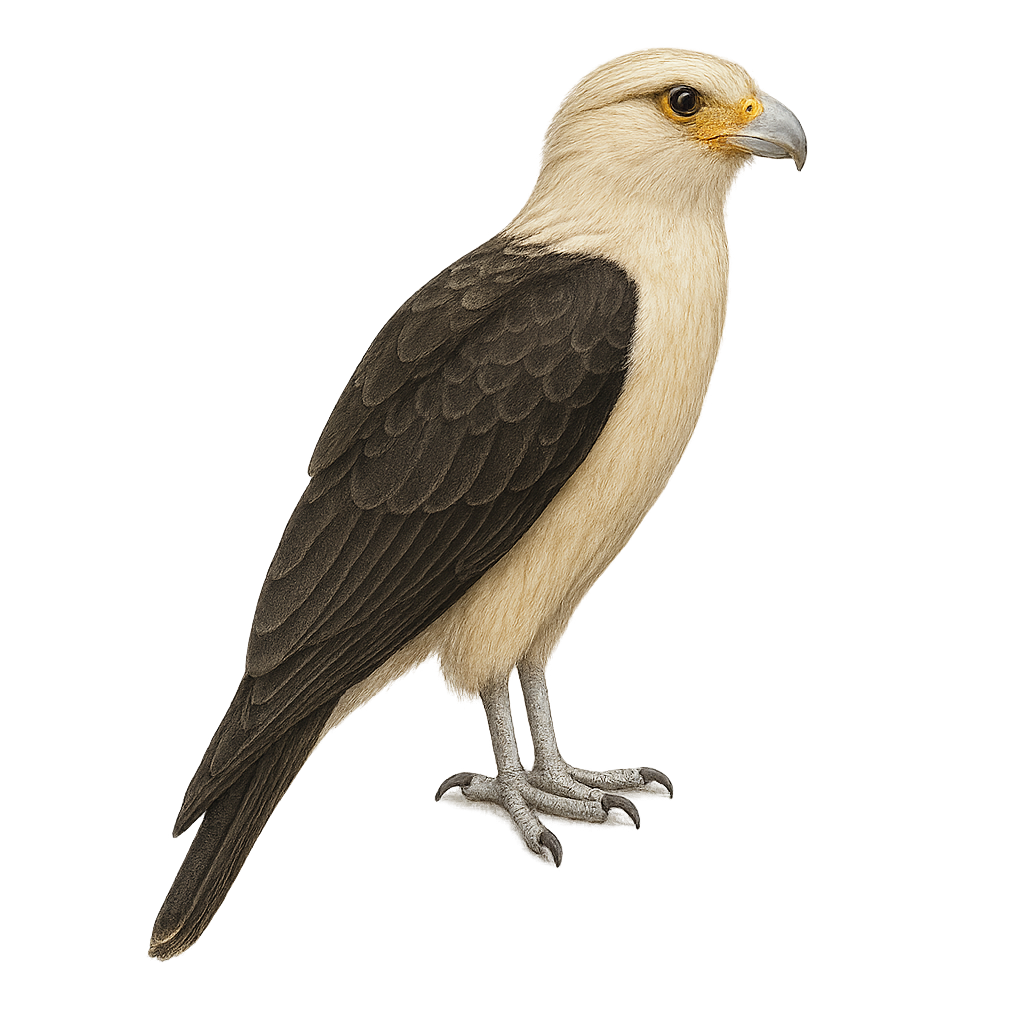Your wildlife photography guide.
Explore the yellow-headed caracara in detail, study its behavior, prepare your shots.
Where to observe and photograph the yellow-headed caracara in the wild
Learn where and when to spot the yellow-headed caracara in the wild, how to identify the species based on distinctive features, and what natural environments it inhabits. The WildlifePhotographer app offers tailored photography tips that reflect the yellow-headed caracara’s behavior, helping you capture better wildlife images. Explore the full species profile for key information including description, habitat, active periods, and approach techniques.
Yellow-headed Caracara
Scientific name: Daptrius chimachima

IUCN Status: Least Concern
Family: FALCONIDAE
Group: Birds
Sensitivity to human approach: Suspicious
Minimum approach distance: 10 m
Courtship display: August to November
Incubation: 26-28 jours
Hatchings: September to December
Habitat:
Savannas, agricultural areas, open forests
Activity period :
Primarily active during the day, with peak activity in the morning and late afternoon.
Identification and description:
The Yellow-headed Caracara, Milvago ferrugineus, is a medium-sized raptor known for its pale head and rusty-brown plumage. It primarily inhabits open regions of South America, from savannas to agricultural areas. An opportunistic feeder, it consumes carrion, insects, and occasionally small vertebrates. Its flight is often slow and gliding, and it is frequently seen walking on the ground in search of food. Although a bird of prey, it is less aggressive than other raptors. Its adaptability to various environments has allowed it to thrive despite environmental changes.
Recommended lens:
400 mm – adjust based on distance, desired framing (portrait or habitat), and approach conditions.
Photography tips:
To photograph the Yellow-headed Caracara, focus on early morning or late afternoon for soft lighting. Use a 400mm or longer telephoto lens to capture details without disturbing the bird. Be patient and discreet, as it is suspicious but may approach if you remain still. Look for it in open areas where it often feeds on the ground. A tripod can be helpful to stabilize your camera during extended shooting sessions.
The WildlifePhotographer App is coming soon!
Be the first to explore the best nature spots, track rutting seasons, log your observations, and observe more wildlife.
Already 1 432 wildlife lovers subscribed worldwide

